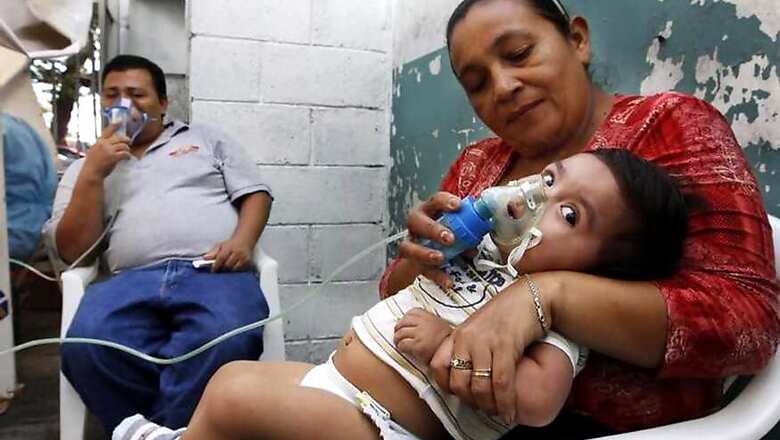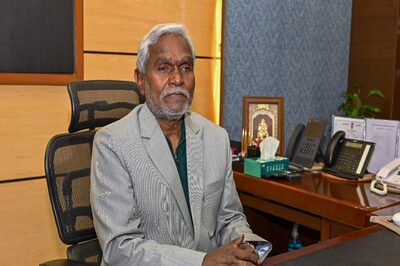
views
The most often used dealing in the supervision of medical emergencies is oxygen. Its effects are crucial. Humans need oxygen to provide nutrients to all of the cells in their bodies. If tissues and cells go without oxygen, then they begin to die quickly. Such as, brain cells can only go without oxygen for three minutes before they begin to die. After three minutes of no oxygen, permanent brain damage begins to spread throughout the brain's tissues.
Sometimes a person needs more oxygen than he can get just by breathing. One may need extra oxygen if he/she is suffering from lung disease, anemia, or heart disease. A person may also need extra oxygen after some injuries, such as burns. Therefore it is vital to keep an oxygen tank at a work place and sometimes at home. Typically, these cylindrical tanks are small enough to transport. The oxygen tank, in general, is given little attention, until a medical emergency. The job of checking the oxygen tank is sometimes unloved. The penalties for such negligence during an emergency could be catastrophic.
So, one should be aware of the oxygen tank operation Process.
Oxygen tank operation Process:
To turn on:
- First of all, attach oxygen delivery system to the oxygen tank.
- To open the flow of oxygen, turnkey on top of the tank in counter clockwise direction.
- Adjust the level of oxygen coming through the tank, turn in the direction in which the arrow indicates to increase or open.
- Attach oxygen delivery system to the patient.
Way to turn off:
- Remove oxygen delivery system from the patient.
- To shut off the flow of oxygen, turnkey on top of the tank in a clockwise direction.
- Turn the tank off when not in use.
Safety precautions for oxygen use:
- Keep the tanks at least ten feet from stoves, fireplaces, candles or any other open flame.
- Do not smoke while on oxygen therapy as well as do not allow others to smoke near you.
- Never store oxygen in temperature over 120 degree F.
- Do not use combustibles in the presence of oxygen.
- Never try to adjust the regulator with once body directly over the tank.
- Do not supply high concentrations of oxygen to patients with COPD (Chronic Obstructive Pulmonary Disease).
Watch Video: Google Pixel XL Review


















Comments
0 comment